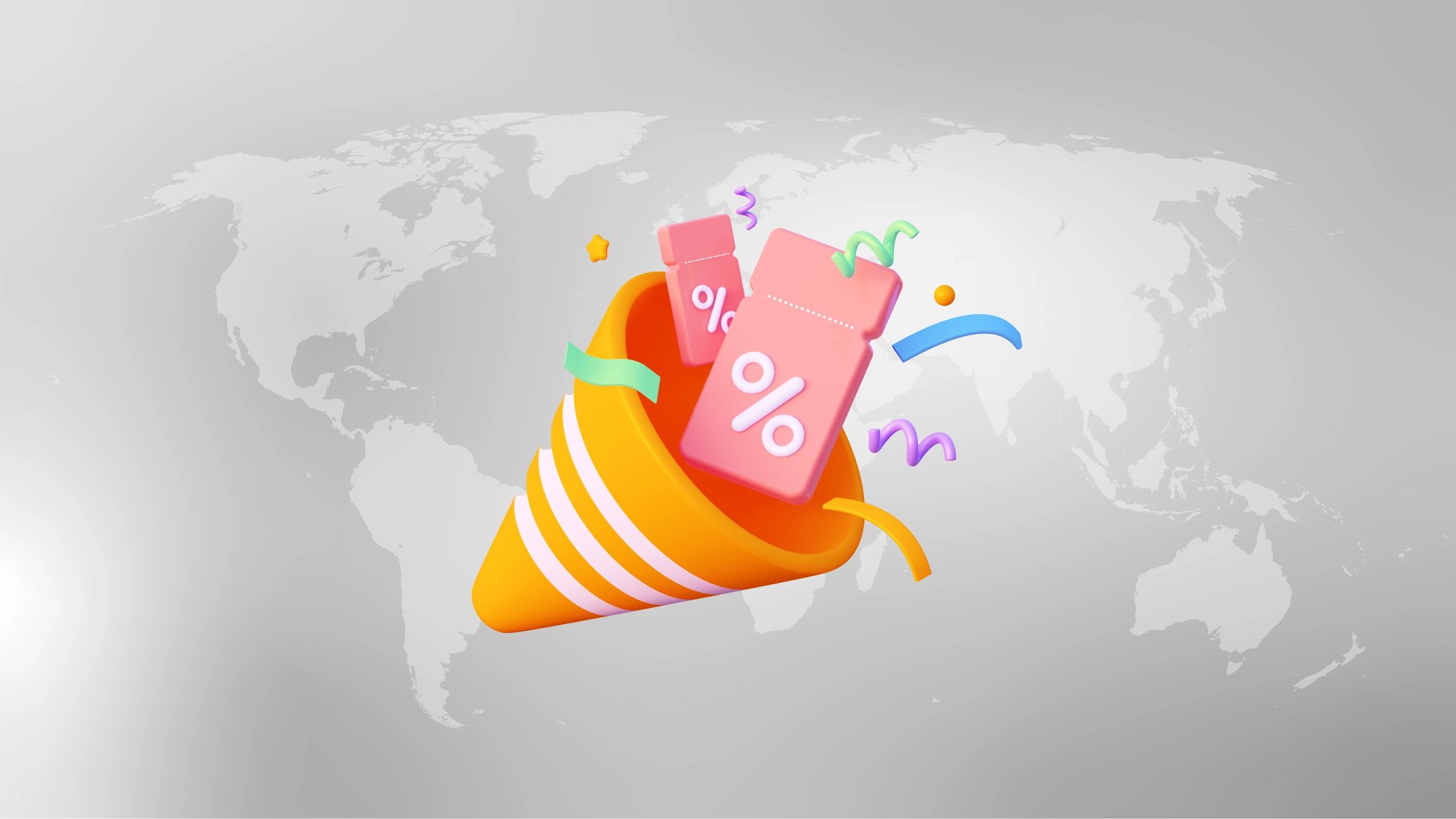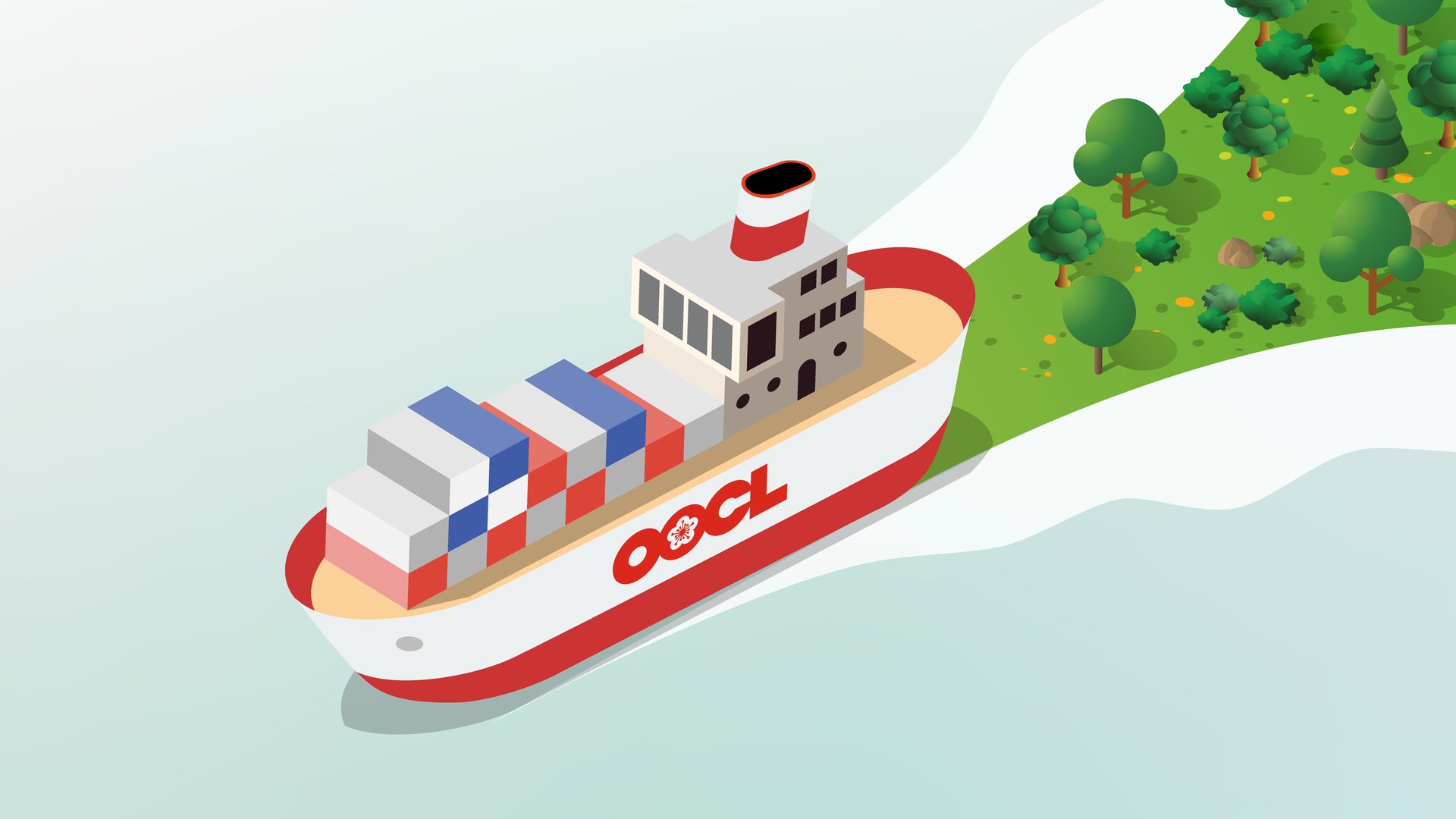Exporters and importers need to be familiar with a complex set of shipping documents required to get their goods from one country to another. Fortunately, the main documents used – whether in paper or electronic form – typically follow a standard format based on World Trade Organisation (WTO) and International Chamber of Commerce (ICC) guidelines. However, governments, port authorities and other bodies may impose additional documentation requirements in some cases.
Here we help you to understand the most commonly required shipping documents:
Import and Export Licences
Some countries may require a licence to authorise the export or import of certain types of goods. This is issued by a government-authorised body after examination of the application.
Proforma Invoice
A proforma invoice is a preliminary invoice confirming various details of the transaction, and is a legally binding agreement between the buyer and the seller.
Bill of Lading
A Bill of Lading (BL) is a legal document which serves as a contract of carriage between the shipper and the shipping line (carrier). It is issued by the carrier as proof that the carrier has received the goods from the shipper. The shipper sends the original BL to the importer, who must produce it to collect the cargo. The BL is a document of title which proves ownership of the cargo, and is a negotiable instrument, meaning it (and therefore the cargo) can be sold or transferred to a third party.
Seaway Bill
A Seaway Bill serves a similar purpose, but is a non-negotiable contract in which the shipping company undertakes to deliver the goods only to a specific consignee.
Commercial Invoice
A commercial invoice is a final invoice giving complete details of the business transaction between the seller and buyer. It is used for customs clearance, and forms the basis for the assessment of customs duty payable.
Bill of Entry
A bill of entry is filed with customs authorities by the importer when goods enter the country. If they are subsequently re-exported (for example, after reprocessing) it must accompany the re-exported goods.
Finding Your Way through the Document Maze
It is crucial to prepare all the shipping documents required for international shipping to ensure that your products are delivered to your customers without any hassle. However, the array of shipping documents required to transport a container between two countries can seem quite confusing. FreightSmart’s E-Customs Solution services are available to help you navigate through the maze of customs clearance requirements.
To make the process even more streamlined, FreightSmart offers a convenient way to manage your Shipping Instructions and Bills of Lading. By simply clicking on the Document tab in the Control Tower, you can access a comprehensive and organised record of the documents associated with all your cargoes, allowing you to manage different shipments more efficiently.









